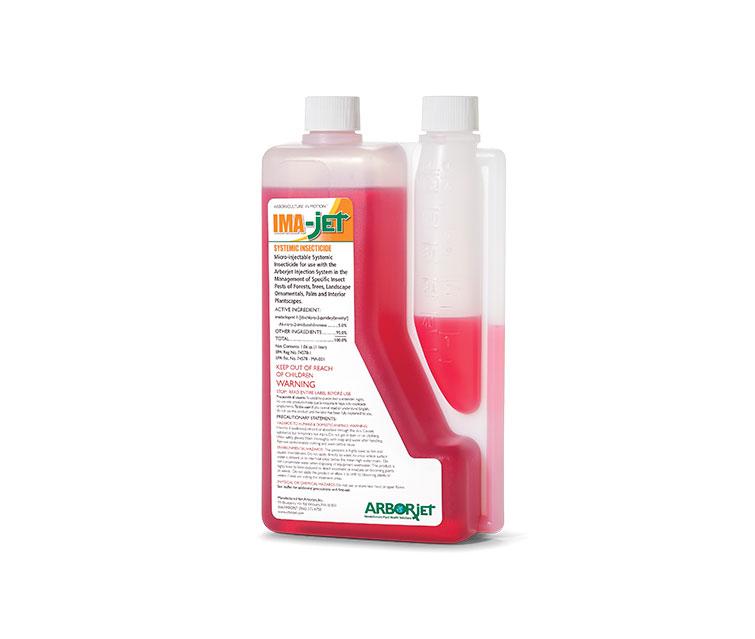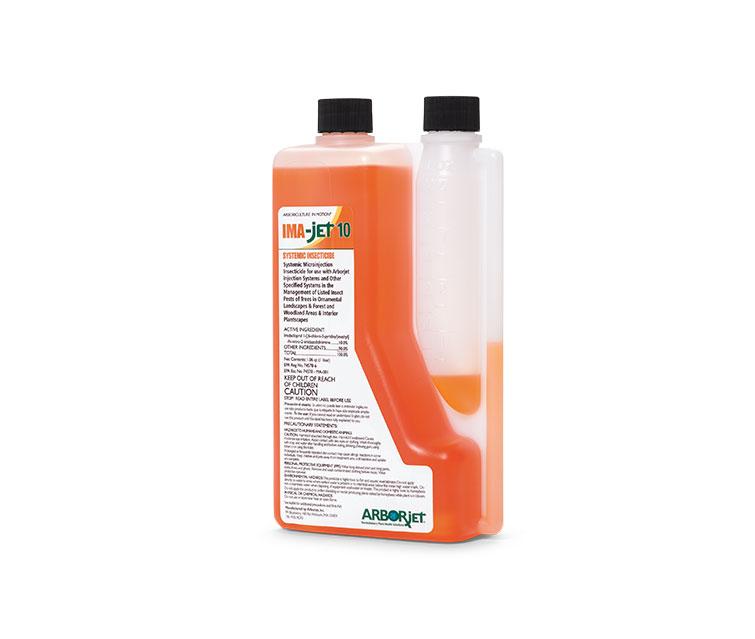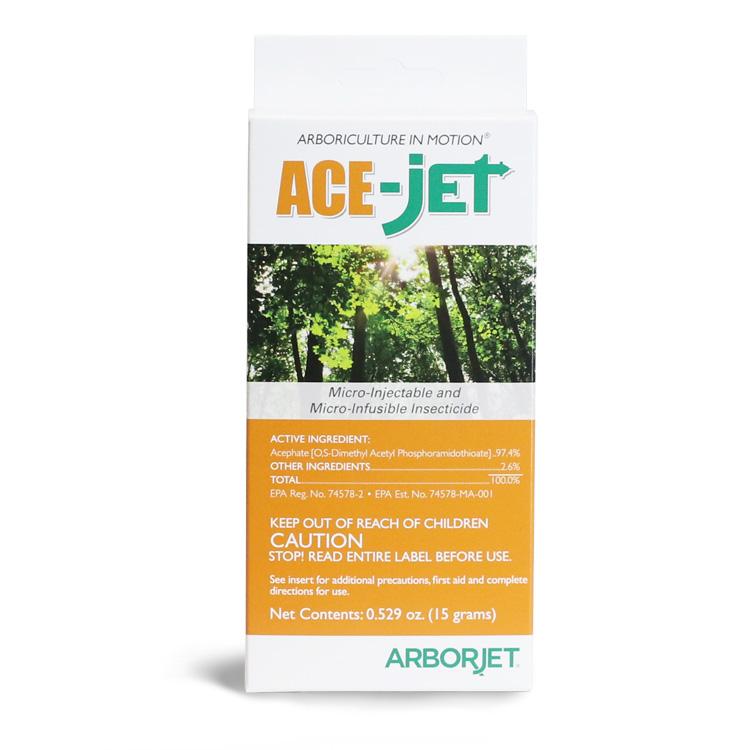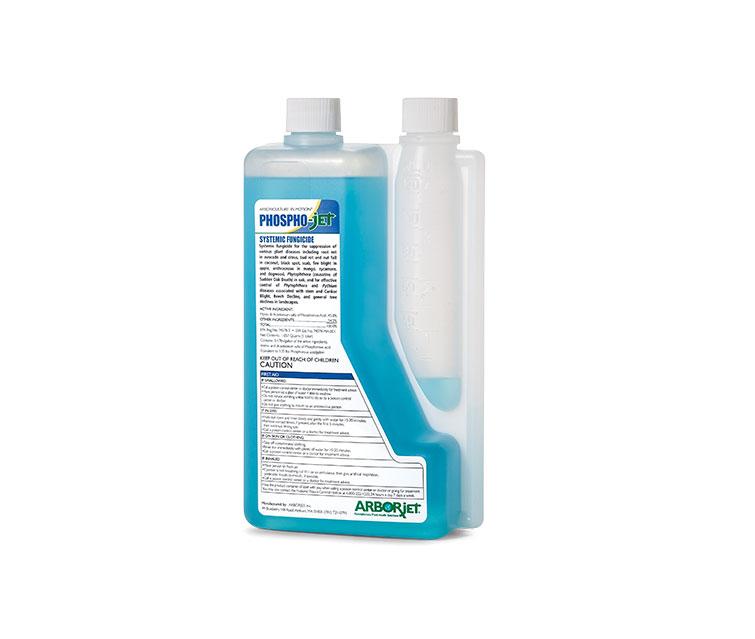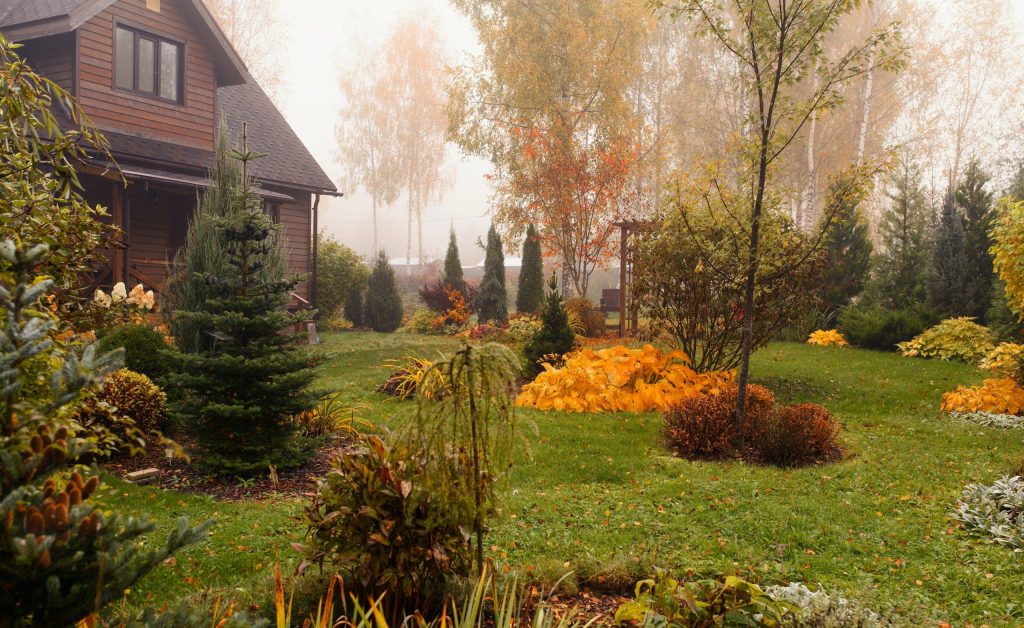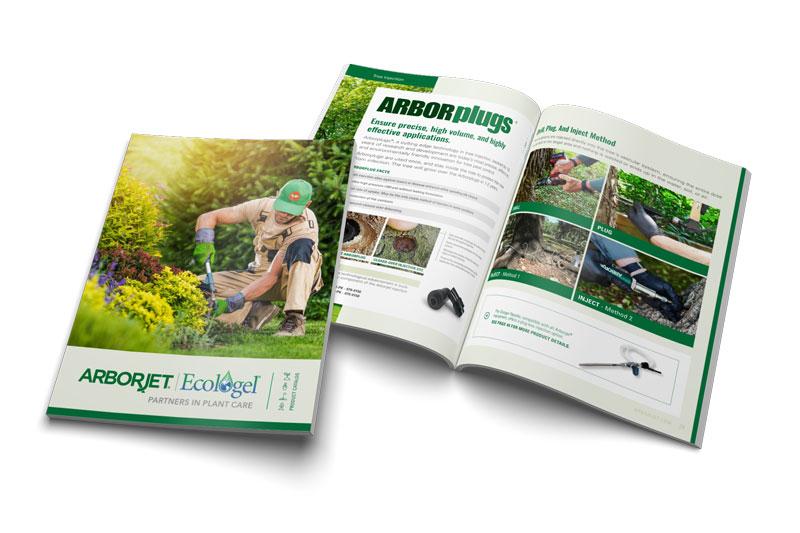Coconut Rhinoceros Beetle
The coconut rhinoceros beetle (CRB, Oryctes rhinoceros) is native to Southern Asia and now occurs throughout much of Asia and the Western Pacific. Through human activity, it has been introduced and is now established on the Pacific Islands of Palau, Fiji, Samoa, Guam (2007) and Hawaii (2013). CRB are now widespread on Oʻahu and was recently (2023) found on Kauai, Hawaii Island, and Maui.
Adult CRB are large beetles with a length of 1.2 to 2.5 inches (3.0 to 6.3 cm) and are dark brown or black. The head has a horn which is more prominently in males. These beetles can cause damage to economically important wild and plantation palms, particularly coconut palm, Cocos nucifera, as well as, betelnut, and Pandanus species. It is also known to attack banana, taro, pineapple and sugar cane. CRB bore through the petiole of fronds (leaves) into the spire (unopened fronds) feeding on exuded sap. The boring cause extensive damage which can stunt growth and lead to secondary infections from bacteria or fungi and ultimately death of the palm. The beetle breeds in decaying palm trunks or other organic matter like sawdust or compost heaps.
Common Symptoms
Adults are the injurious stage of the insect. They are generally night-time fliers and when they alight on a host, they chew down into the folded, emerging fronds of coconut palms to feed on sap. V-shaped cuts in the fronds and holes through the midrib are visible when the leaves grow out and unfold. If the growing tip is injured, the palm may be killed or severe loss of leaf tissue may cause decreased nut set. Feeding wounds may also serve as an infection pathway for pathogens or other pests. The effects of adult boring may be more severe on younger palms where spears are narrower. Mortality of young palms has already been observed on Guam. Oviposition and larval development typically occurs in decaying coconut logs or stumps.
Treatments
Trunk injection of IMA-jet® (Imidacloprid) or IMA-jet 10 will give season long preventative and curative control. ACE-jet (Acephate) will also kill CRB in lab trials and can reduce populations when applied to most palms in an area. It is also recommended to apply PHOSPHO-jet™ to help control any secondary disease pathogens and PALM-jet Mg™ or NutriRoot® to provide needed nutrients for overall plant health and vigor.
Note: IMA-jet and ACE-jet are labeled for ornamental use and may only be applied via trunk injection. Fruit are not to be used for human or animal consumption. Trim off flowers and fruits to protect pollinators and ensure the fruits are not consumed. Always refer to the labels when applying pesticides. Sterilize tools with diluted bleach prior to treatment to reduce potential transfer of disease pathogens.
References And Photo Credits
Reference: University of Florida.
Adult Coconut Rhinoceros Beetle (CRB, Oryctes rhinoceros (Linnaeus) (Photo: Lubomír Klátil)
Adult CRBs create holes in palm frond stems. (Photo: Ernie Nelson, Greenscapes Inc.)
V-shaped palm frond damage is a classic sign of CRB infestation (Photo: Ben Quicocho and J.B. Friday)





